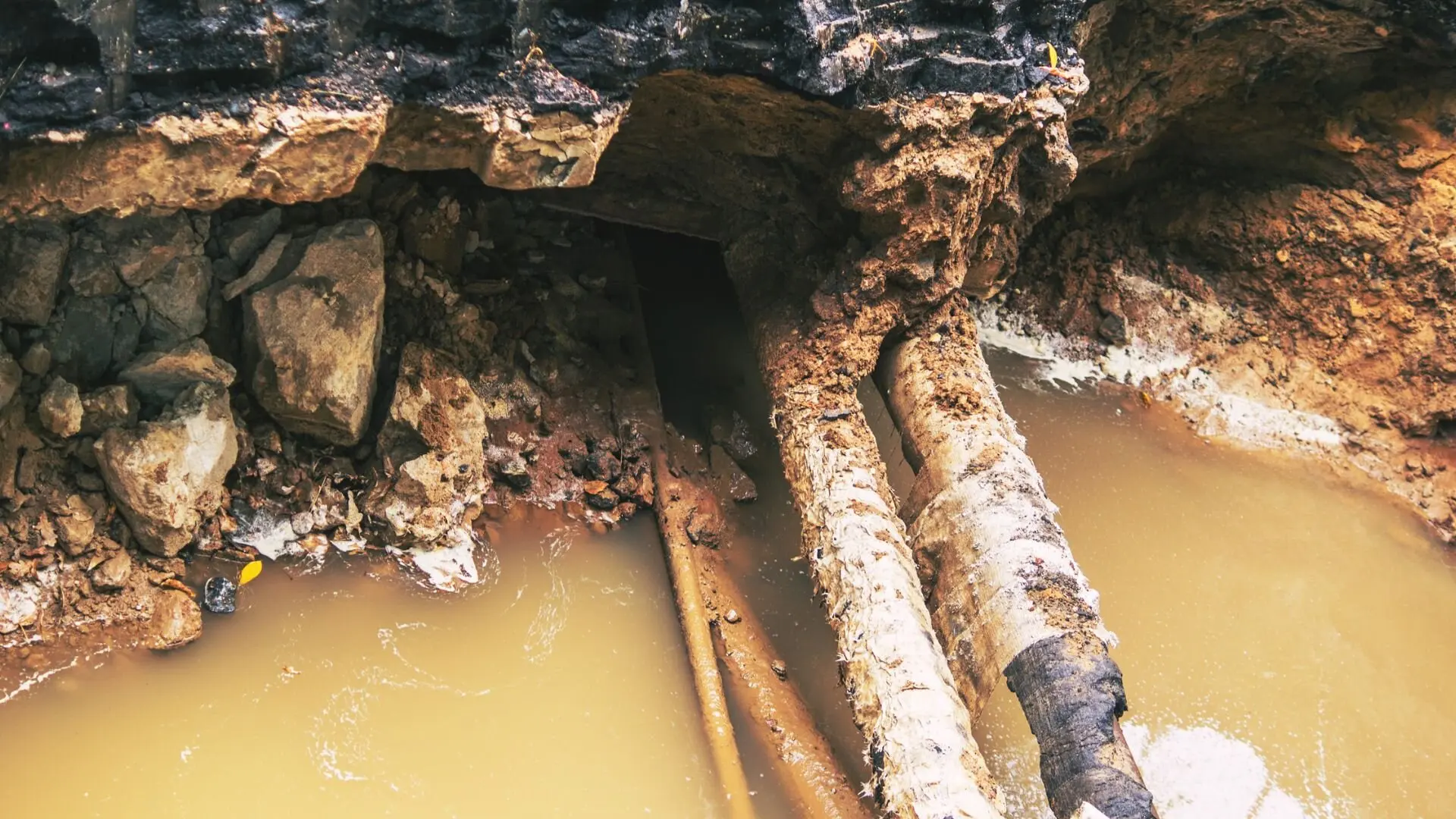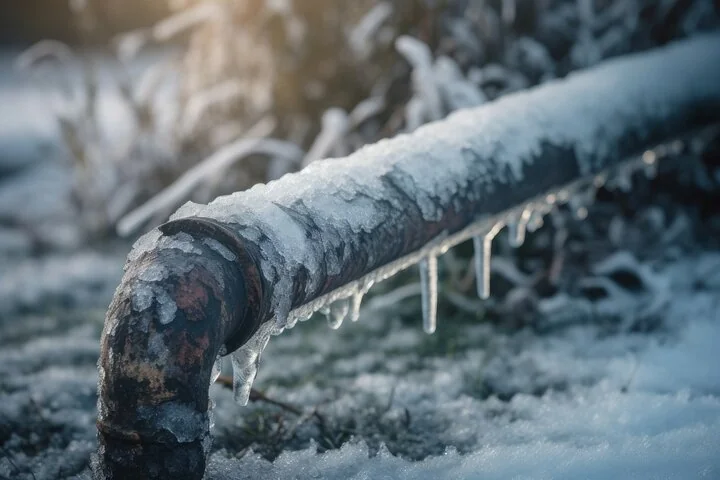What to Do When a Burst Pipe Causes Water Damage in Your Home
Preventing Ruptured Pipes: Necessary Tips to Protect Your Pipes
Protecting against ruptured pipelines is a vital issue for house owners, specifically during colder months when the danger of freezing is increased. Executing strategic actions such as proper insulation, routine examinations, and preserving consistent interior temperature levels can substantially decrease the chance of pipeline failing.
Understand Pipe Vulnerabilities
Recognizing pipe vulnerabilities is necessary for efficient pipes maintenance and stopping expensive damage. A number of factors add to the sensitivity of pipelines to ruptureds, including product structure, age, and environmental problems. Older pipes, especially those made from galvanized steel or polybutylene, commonly degrade over time, leading to raised risk of ruptures and leaks.
Temperature level fluctuations can additionally significantly impact pipeline honesty. In chillier climates, water entraped in pipelines can ice up, expanding and putting in stress on the pipeline walls, which may eventually result in a ruptured. In addition, high water pressure can strain pipelines, particularly at joints and bends, increasing the possibility of failing.

Insulate Pipeline Correctly
Correct insulation of pipelines is crucial for preventing cold and subsequent bursts during winter (burst pipe). Shielding your pipes system properly safeguards versus temperature level goes down that can lead to costly damage. Begin by determining vulnerable locations where pipes are exposed to outdoor temperature levels, such as cellars, attic rooms, and outside walls
Usage foam pipeline insulation sleeves or wrap insulation tape around these areas to give a protective barrier. Ensure that all areas of the pipes, especially those with limited heat exposure, get sufficient insulation. Pay special focus to installations and joints, as these are a lot more vulnerable to freezing.
When insulating, it's vital to pick materials that meet neighborhood building regulations and are proper for the certain environment. Fiberglass insulation is often advised for its thermal resistance residential properties. Furthermore, think about using warm cables or tape in severe conditions, which can be connected in to offer supplemental warm
Regularly inspect protected pipelines for any type of signs of wear or damages, as jeopardized insulation can lessen its efficiency. By taking these positive steps, you considerably lower the risk of pipe bursts, making certain a trustworthy plumbing system throughout the winter season.
Maintain Consistent Temperature
A steady interior temperature is necessary for preventing burst pipes throughout the frigid months. When temperatures drop, water within pipes can freeze, producing and broadening pressure that may eventually trigger the pipelines to ruptured. To mitigate this danger, home owners need to maintain a consistent temperature level throughout their living space, preferably no lower than 55 ° F(13 ° C)Utilizing a programmable thermostat can assist take care of interior temperature levels properly, ensuring that rooms with plumbing remain cozy also when your house is unoccupied. Pay special attention to locations that are more vulnerable to chilly, such as cellars, attics, and garages. Maintaining closet doors open under sinks can also allow warmer air from the home to flow around pipes.
Furthermore, it is prudent to permit taps to trickle slightly throughout extreme cold snaps. This small flow of water can prevent cold by minimizing pressure within the pipes. Additionally, throughout specifically extreme weather occasions, take into consideration briefly suspending any nighttime obstacles on your thermostat to keep a stable warm environment. By carrying out these techniques, property owners can significantly minimize the threat of pipe ruptureds and protect their pipes systems versus the harsh winter elements.
Frequently Inspect Plumbing
Regular find more assessments of pipes systems are essential for protecting against ruptured pipelines and preserving total home integrity. Routine checks allow property owners to identify possible problems prior to they intensify into pricey repair work or major water damage. During these evaluations, it is important to take a look at noticeable pipes for signs of rust, leakages, or use. Pay unique interest to areas vulnerable to cold, such as cellars, attic rooms, and exterior wall surfaces.
In addition, inspecting joints and links is essential, as these factors are frequently vulnerable to leaks. House owners should additionally assess water pressure degrees, as extreme stress can stress the pipes system and raise the danger of pipe bursts.
Think about organizing professional plumbing examinations at the very least as soon this post as a year, especially before wintertime, to guarantee your system is prepared for colder temperatures. By being positive in your strategy, you can safeguard your home against the pricey and disruptive consequences of burst pipelines.
Know Emergency Procedures
Understanding emergency situation procedures is vital for every property owner, specifically after performing normal pipes examinations. Being prepared for a pipes emergency situation can dramatically mitigate damages and save costs. First, locate your main water shut-off valve; it is commonly located near the water meter or where the major line enters your home. Acquaint yourself with its procedure, as shutting off the water supply quickly can prevent comprehensive flooding.
Next, keep crucial devices useful. A plumbing emergency kit need to include a wrench, bettor, and towels, along with a flashlight and a pail for small leakages. In addition, take into consideration having the get in touch with information for a relied on plumbing technician easily available, should the scenario escalate past your control.
If you find a leakage or ruptured pipeline, right away turn off the water supply and alert your plumbing technician. Moreover, record the damage with pictures for insurance coverage purposes. burst pipe. Be aware of the indications of possible pipes problems, such as unusual water pressure changes or damp areas on wall surfaces
Inevitably, proactive understanding and speedy action are crucial in taking care of special info plumbing emergencies, guaranteeing your home continues to be protected and minimizing prospective damages.

Verdict
In verdict, protecting against ruptured pipes necessitates a multifaceted approach that consists of understanding pipe vulnerabilities, appropriate insulation, preserving regular interior temperatures, regular assessments, and understanding of emergency situation procedures. By applying these necessary strategies, the risk of pipes failings can be significantly decreased, thereby making certain the long life and effectiveness of the pipes system. Positive measures not just secure against potential damages yet additionally add to general water preservation and the protection of building.
In chillier environments, water caught in pipelines can freeze, applying and increasing stress on the pipe wall surfaces, which might eventually lead to a burst. When temperatures decline, water within pipes can freeze, increasing and producing pressure that might eventually cause the pipes to ruptured. By implementing these techniques, home owners can substantially decrease the danger of pipe ruptureds and protect their pipes systems versus the severe wintertime elements.
